SOURCE: RAUNAK KUNDE / NEWS BEAT / IDRW.ORG

The Indian Navy is keenly interested in Boeing’s newly developed Multi-Mission Pod (MMP) for its P-8 Poseidon anti-submarine aircraft. This modular system is designed to accommodate a variety of sensors and mission systems, offering unprecedented flexibility and customization for operators.
As per information provided to idrw.org, Boeing and the Indian Navy are working now to identify sensors that they would like to include in the Multi-Mission Pod (MMP) for India’s P-8 fleet that might consist of Indian-made sensors.
Continue readingSOURCE: RAUNAK KUNDE / NEWS BEAT / IDRW.ORG
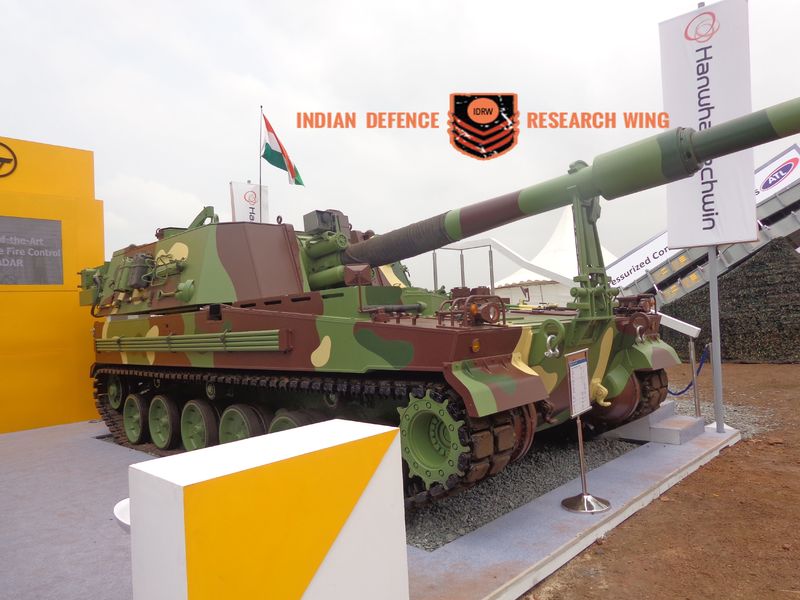
The Indian Army is on the cusp of significantly bolstering its artillery firepower with the acquisition of an additional 100 K-9 Vajra self-propelled howitzers (SPH). This move comes as a natural progression from the successful induction of the first batch of 100 units, which have already proven their mettle in the challenging desert terrain.
However, the evolving geopolitical landscape, particularly the ongoing conflict in Ukraine, has prompted the Army to reassess its artillery requirements. The increasing emphasis on mobility and survivability on the modern battlefield has led to a potential surge in demand for self-propelled artillery systems. Consequently, the Army is now contemplating an even more ambitious target of procuring up to 400 K-9 Vajra SPHs, necessitating an additional order of 200 units.
Continue readingSOURCE: RAUNAK KUNDE / NEWS BEAT / IDRW.ORG
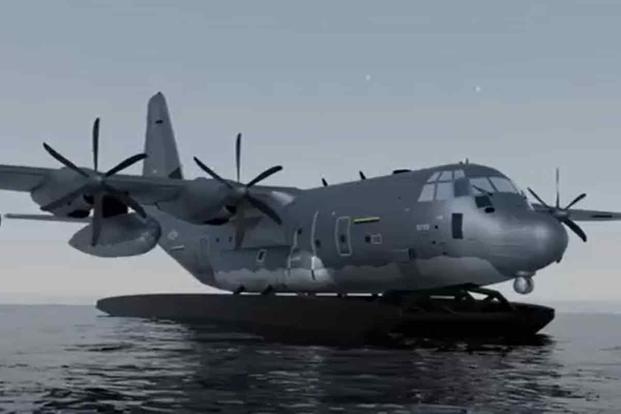
The Indian Navy is set to reignite its pursuit of amphibious aircraft to bolster its capabilities in the Andaman and Nicobar Command and enhance disaster relief efforts. The naval force plans to reissue a Request for Information (RFI) seeking suitable aircraft for these roles.
The Navy had previously issued an RFI in 2011, which garnered interest from Russia and Japan. ShinMaywa Industries Ltd. from Japan offered its US-2 amphibious aircraft, a prospect that initially excited the Indian Navy due to the potential for technology transfer and local manufacturing.
Continue readingSOURCE: AFI

Redon Systems, a leading player in the Indian drone technology sector, has announced a strategic partnership with Munitions India Limited (MIL) to develop advanced munitions for its barrel-launched loitering munition, “Achuk”.
This collaboration marks a significant step towards enhancing the capabilities of the Indian Armed Forces. The partnership will focus on developing various types of high-explosive (HE) and high-explosive anti-tank (HEAT) munitions to equip the “Achuk” with the firepower needed to engage targets with precision and effectiveness.
Continue readingSOURCE: AFI

Bengaluru-based ASMOS HET Technologies, a leading manufacturer of wiring harnesses and electro-mechanical assemblies, has entered into a strategic partnership with Germany’s Deutsche Aircraft. The collaboration focuses on the specialized design and development of an Electrical Wiring Interconnection System (EWIS) for the cutting-edge D328eco regional aircraft.
Deutsche Aircraft is committed to revolutionizing regional aviation with the D328eco, a state-of-the-art aircraft designed to offer unparalleled efficiency and comfort. SASMOS HET’s expertise in EWIS will be instrumental in ensuring the seamless integration of electrical systems within the aircraft, contributing to its overall performance and reliability.
Continue readingSOURCE: AFI
The Indian Navy’s INS Tabar, a formidable Talwar-class frigate, has once again made headlines, this time for its impressive combat record. Recent images of the warship have revealed a striking addition to its hull: a ship kill patch positioned just below the RBU-6000 rocket launcher. This is in addition to the two Shahed drone kill markings the vessel already proudly displays.
These markings are a testament to the frigate’s combat prowess and the Indian Navy’s growing capabilities. The ship kill patch is a rare distinction, symbolizing a successful engagement that resulted in the sinking of an enemy vessel. While specific details about the incident remain undisclosed, it underscores the Indian Navy’s readiness and ability to protect national interests.
Continue readingSOURCE: AFI

A cyber espionage group with alleged ties to India has significantly broadened its target scope, shifting focus from regional adversaries to critical maritime infrastructure worldwide. Known by various monikers including SideWinder, Razor Tiger, and Rattlesnake, the group has historically been linked to cyberattacks on Pakistan, Afghanistan, China, and Nepal.
Recent investigations by BlackBerry cybersecurity researchers have uncovered a new campaign targeting maritime facilities in countries as far afield as Egypt, indicating a dramatic expansion of the group’s ambitions. The tactics remain consistent with previous operations, with spear-phishing attacks centered around fabricated official documents. However, the content of these documents has evolved to focus on maritime-related topics, such as employment terminations and salary reductions within specific port authorities, including the Port of Alexandria.
Continue readingSOURCE: IDRW.ORG TEAM
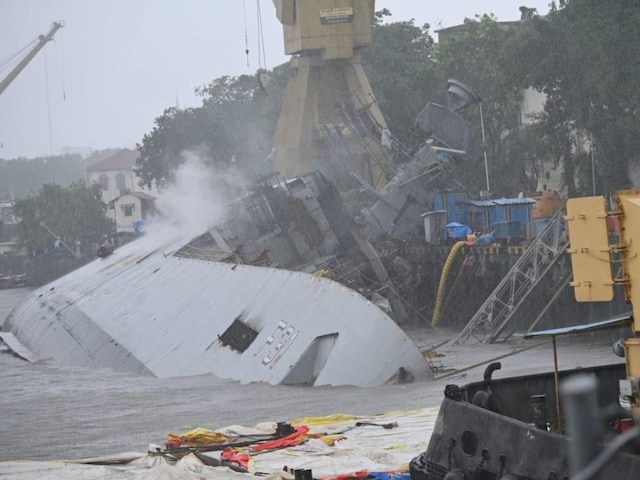
The Indian Navy is facing a major setback with the severe listing of the frigate INS Brahmaputra. The warship, undergoing a refit at the Naval Dockyard in Mumbai, capsized to a dangerous angle of 40-45 degrees on its port side following a fire on board.
While the extent of damage is currently being assessed, officials have confirmed that the situation is not as severe as the previous incident involving INS Betwa. Nevertheless, the process of righting the ship is expected to be a lengthy one, potentially taking up to three months, subject to necessary approvals.
Continue readingSOURCE: IDRW.ORG TEAM

Svaayatt Industries has made a significant breakthrough in drone technology with the launch of its “SMV-1” PetroCoptor, a cutting-edge unmanned aerial vehicle (UAV) designed for a wide range of applications. This innovative drone is equipped with advanced surveillance payloads, including EO-IR & LRF Triple sensor camera, RGB day camera, and a mapping payload, making it a versatile tool for industries such as oil and gas, security, and surveying.
One of the standout features of the PetroCoptor is its integration of LiDAR technology, enabling precise mapping and surveying with unparalleled accuracy. The drone’s modular design allows for easy assembly and customization, while its robust construction ensures durability in challenging environments.
Continue readingSOURCE: AFI
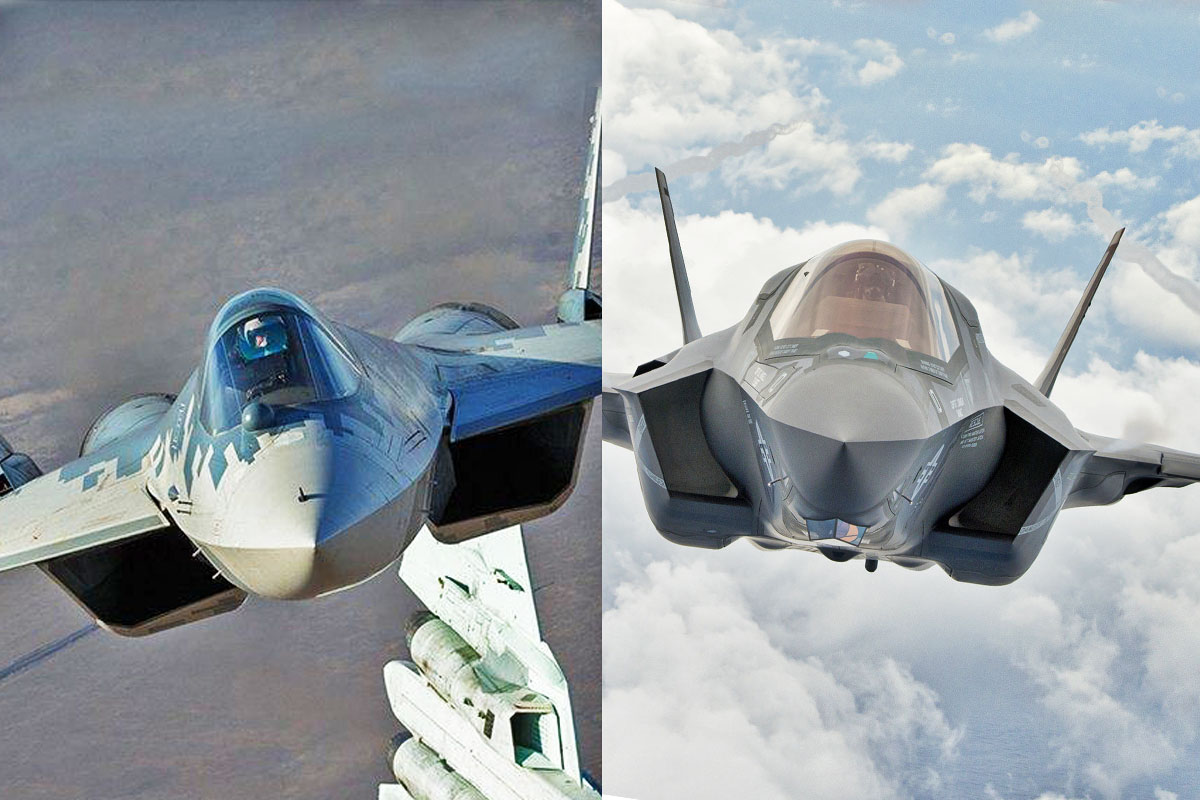
Pakistan’s recent move to train its pilots on the Chinese-made FC-31 stealth fighter jet marks a significant escalation in the ongoing arms race between India and Pakistan. With the potential to become the first operator of this advanced aircraft outside China, the Pakistan Air Force (PAF) is poised to gain a substantial technological edge over its Indian counterpart.
The Indian Air Force (IAF) has been investing heavily in the development of its indigenous 5th generation fighter, the AMCA.
Continue readingSOURCE: AFI

A significant overhaul of the Defence Research and Development Organisation (DRDO) is underway, with the government set to make final decisions on several contentious recommendations proposed by a high-powered expert committee.
The committee, led by Prof. K Vijay Raghavan, has suggested a comprehensive restructuring of DRDO, including the consolidation of its 41 labs into 10 national labs, and the establishment of five national test facilities. Additionally, the creation of a new Department of Defence Science, Technology, and Innovation (DDSTI) to replace the existing Department of Defence R&D is being considered.
Continue readingSOURCE: AFI

India’s quest for a robust, mine-protected infantry mobility vehicle has thrown up an intriguing contest between the indigenous Kalyani M4 and the Russian-made Kamaz Typhoon. With the Indian Army and even the ITBP showing interest in the latter, it’s time to delve into a comparative analysis of these two formidable contenders.
The Kalyani M4, a product of the Kalyani-Paramount partnership, is a derivative of the South African Mbombe 4. On the other hand, Kamaz has joined hands with AWEIL for the Indian production of the Typhoon. A comparative analysis of the two vehicles reveals distinct strengths and weaknesses:
Continue readingSOURCE: AFI

In a significant development for India’s tank warfare capabilities, the Defence Research and Development Organisation (DRDO) has successfully developed a microclimate system for the Arjun tank. This cutting-edge technology is aimed at enhancing the comfort and efficiency of tank crews operating in extreme weather conditions.
The microclimate system is designed to regulate the temperature and humidity inside the tank’s crew compartment, providing a stable and optimal environment for the crew. This is particularly crucial in India, where the armed forces often operate in diverse terrains with varying climatic conditions.
Continue readingSOURCE: AFI

India’s ambitious nuclear energy program has reached a significant milestone with the Atomic Energy Regulatory Board (AERB) granting approval to load nuclear fuel into the Prototype Fast Breeder Reactor (PFBR) at Kalpakkam, Tamil Nadu. This green light paves the way for initiating a controlled chain reaction, marking a crucial step towards India’s self-reliance in atomic energy.
The PFBR, India’s most advanced and complex nuclear reactor, is poised to harness the potential of plutonium as a fuel source. More importantly, this development signifies the country’s progress in utilizing thorium as an alternative fuel, a resource India possesses in abundance. Unlike uranium, which has limited reserves, thorium offers a virtually inexhaustible energy source with the potential to power the nation for centuries.
Continue readingSOURCE: RAUNAK KUNDE / NEWS BEAT / IDRW.ORG
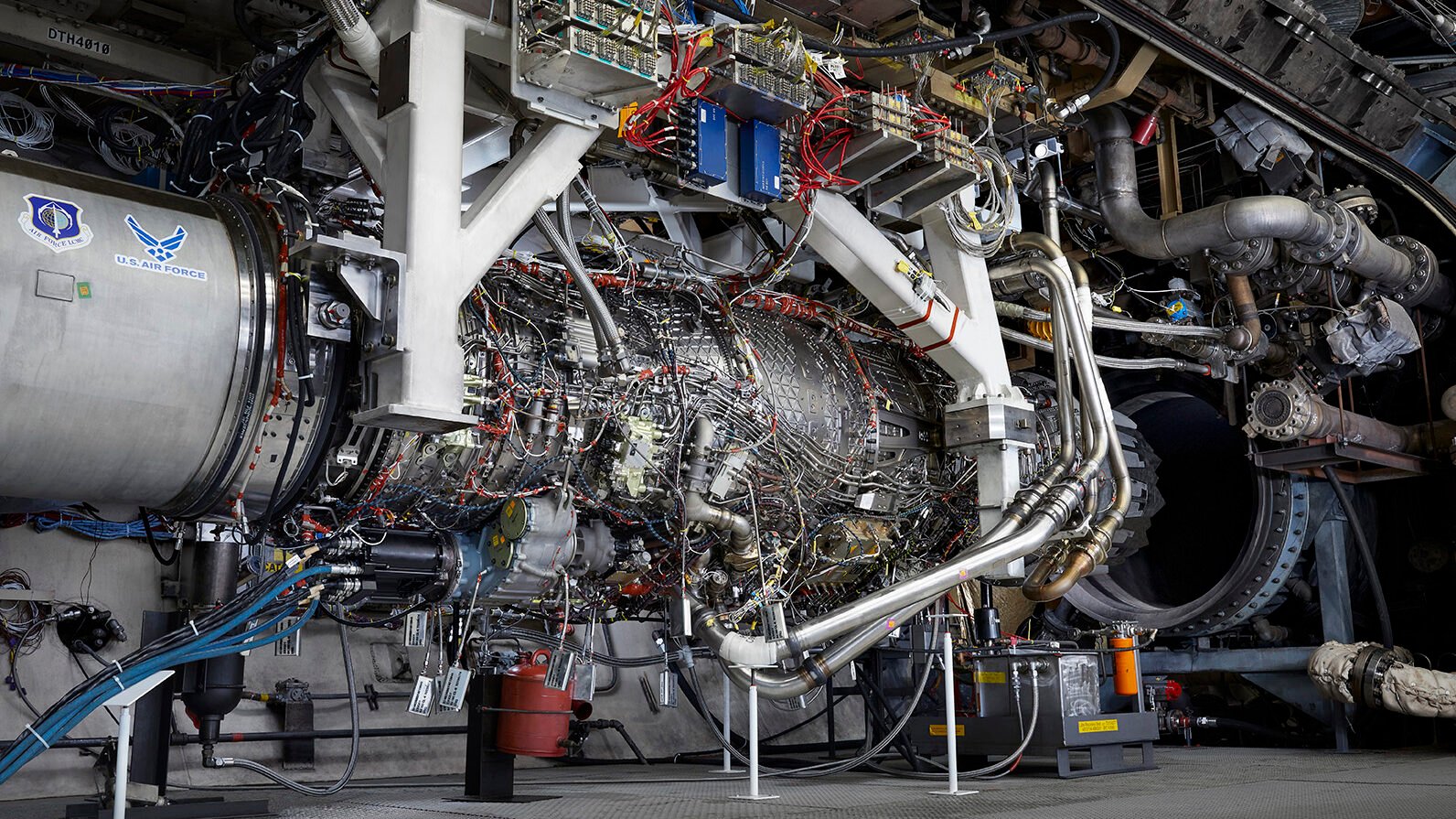
The Indian Air Force’s modernization plans have hit a significant roadblock with GE Aerospace’s inability to meet its engine delivery commitments for the Tejas Mk1A fighter jet. The US engine giant is currently running a substantial 10-month delay, casting a long shadow over the indigenous fighter program.
While GE attributes the setbacks to global supply chain disruptions, particularly in procuring critical materials like titanium, industry sources point to idrw.org it deeper-rooted issues within the company. The aviation sector, in which GE is a major player, was severely impacted by the COVID-19 pandemic, leading to mass layoffs, including a 10% cut in its US workforce.
Continue reading